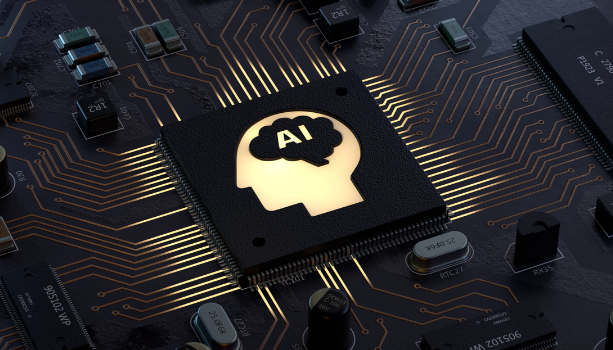Top 5 AI-powered Cyber Threats & How to Prevent Them
Artificial intelligence (AI) and Machine Learning (ML) were commonly shown in sci-fi movies rather than in our daily lives, but a lot has changed over the past decade as the pace of technological developments increased dramatically. Artificial intelligence is now used for countless devices that we come across every single day, from advancing camera quality, unlocking via face recognition to virtual assistants on our smartphones.
Much of the AI technology we encounter is based on a technique known as machine learning. Machine learning is all about self-learning technology used on a computer by analyzing data and identifying patterns, and making decisions with minimal human intervention. Needless to say, AI and ML definitely helped the healthcare field significantly amidst the pandemic.
However, nothing comes without a price. Even though the term Artificial Intelligence and Machine Learning appeared in the ’50s with a hope to improve people’s lives, it’s rather been creating challenging situations for cybersecurity experts across a wide range of industries.
Intelligent cyberattacks using AI technology are very sophisticated and anomalous that traditional security tools fail against these emerging threats as the biggest advantage of the technology is being able to analyze and learn large amounts of data. Here are some examples of AI-powered cyber threats and attacks that are changing the nature of cyberattacks.
AI Phishing Attacks
Traditional phishing emails were relatively easier for recipients to recognize and distinguish the differences. However, with AI-powered phishing emails, recipients won’t be able to do it so easily as the emails are tailored to specific individual characteristics and circumstances. AI can also exchange emails like a person with the recipient to gain trust and credibility and it could eventually open the door for the attacker to perform interaction-type email attacks and attack across systems with viruses.
Malware and Ransomware
When a user downloads AI-powered malware, it quickly analyzes the system to mimic normal system communication. Moreover, AI can be trained to run ransomware when the owner’s face is recognized on devices. In this case, AI launches an attack during the process of executing ransomware, such as when the owner is using specific software that requires access to the camera.
Data Poisoning
Data poisoning is an attack that takes advantage of the main features of AI. Malicious actors use adversarial vulnerabilities to their advantage and target a trained machine learning model to misclassify it. Worst case scenario, if the actor has access to the dataset, it could “poison” the dataset and cause unintended triggers to associate, which means it could allow attackers to gain backdoor access to the machine learning model.
Therefore, when the training model is affected by malicious data through this attack, the analysis result of AI is intentionally manipulated and it can cause unexpected damages. Security experts in various fields expect that new and variant cyberattacks that exploit AI will continue to increase over the coming years.
Insider Behavior Analysis Abuse
Many tend to think that cyber threats and attacks occur from external exploits. However, it is necessary to consider the possibility of an invasion via acquiring credentials such as the authentication information of an insider. It may also result in causing insider mistakes or intentional data spillage.
Deepfakes
As data can be gathered from millions of users across the world, there’s a great chance that this could be misused for different purposes. For example, a UK-based energy company CEO was scammed by a voice deepfake and wired 220,000 euros to the German parent company. He believed that he was talking to his colleague and immediately transferred 220,000 euros to the bank account of a Hungarian supplier. This incident taught us how misused deepfakes can wreak havoc on organizations, and moreover, on society.
AI and ML technologies can be indispensable. But we must use them well for robust cybersecurity.
In order to gain an edge in circumstances of potential threats, organizations need an AI-based security solution that focuses on faster analysis and mitigation of potential threats. AI applications in cybersecurity include vulnerability management, network security, and cost-effective equipment management.
Furthermore, as attack methods become more sophisticated, it is important to deploy automated systems that reduce the burdens of cybersecurity experts within the organization. Deploying the right cybersecurity measures can not only help prevent cyber threats caused by well-funded groups that target both small and big businesses but help us, individuals, to also be prepared for potential risks of blackmail, ransomware attack, and data breaches.
For instance, website forgery attacks can cause subsequent damage such as the distribution of malicious codes, information leakage, and server hijacking. Therefore, it is recommended to deploy a WAF that utilizes both AI and ML technologies to its web application firewall.
AI and ML can quickly scan and analyze large amounts of data and this feature is the biggest advantage when it comes to utilizing them in cybersecurity. So even when deploying a web application firewall (WAF) for your organization, it is critical to compare and deploy the one that utilizes AI and ML for detecting attack patterns for automatic updates.
To learn more about Penta Security’s AI-enabled rule-based detection engine, click here.
